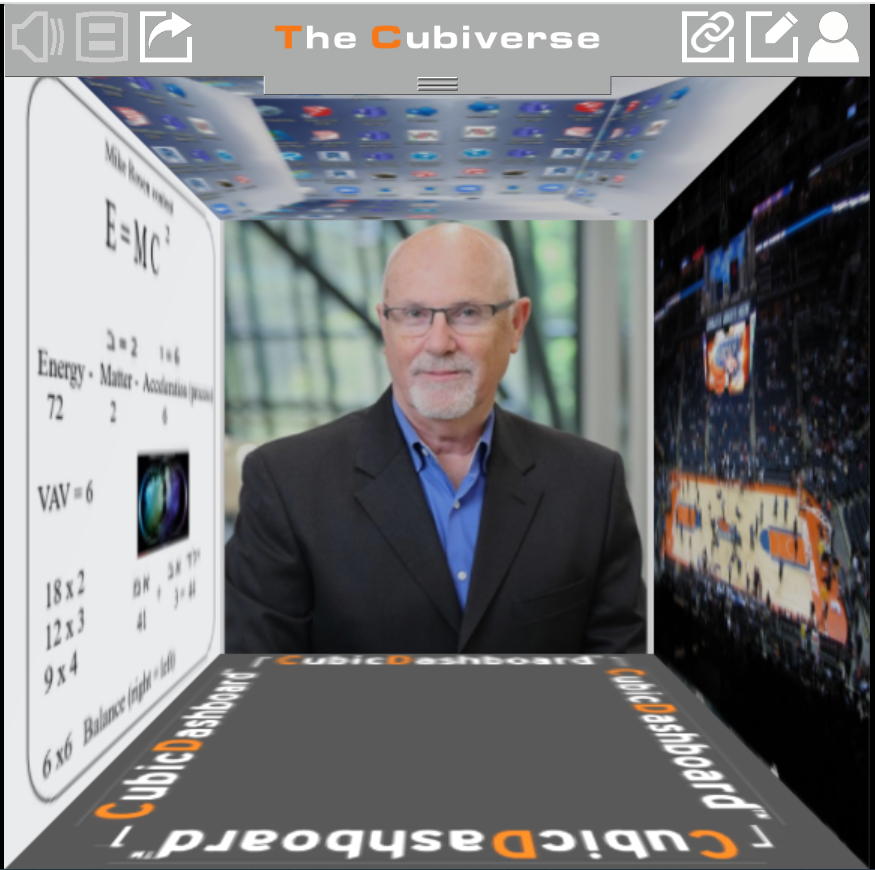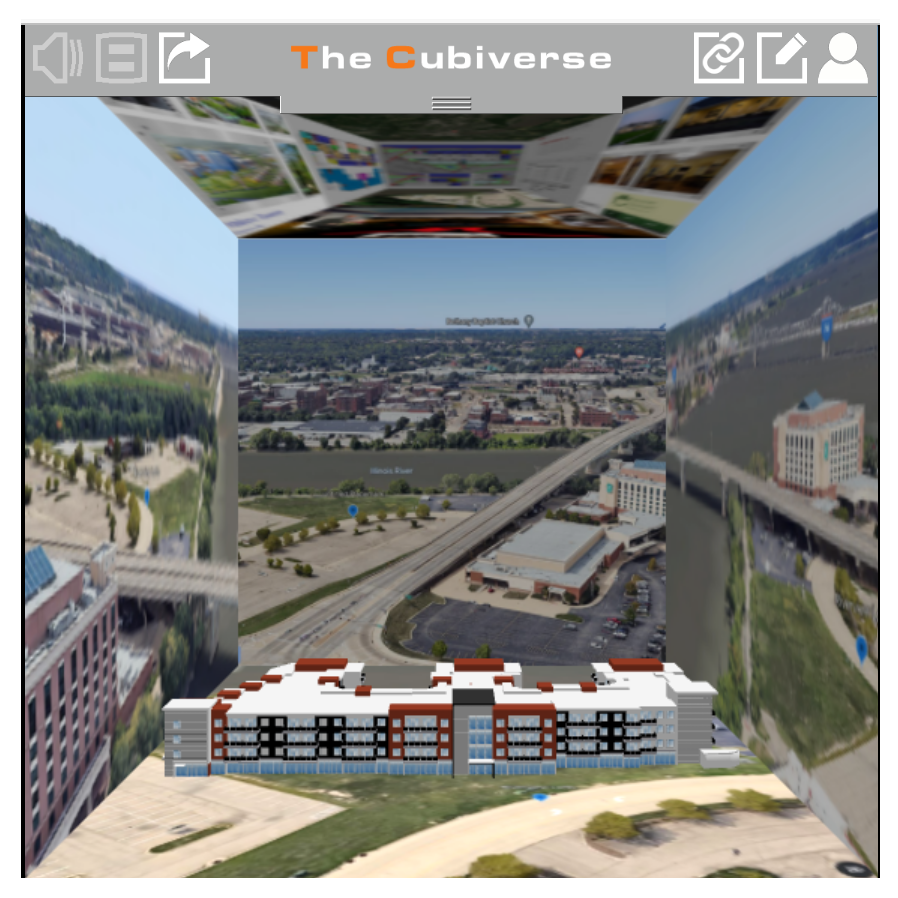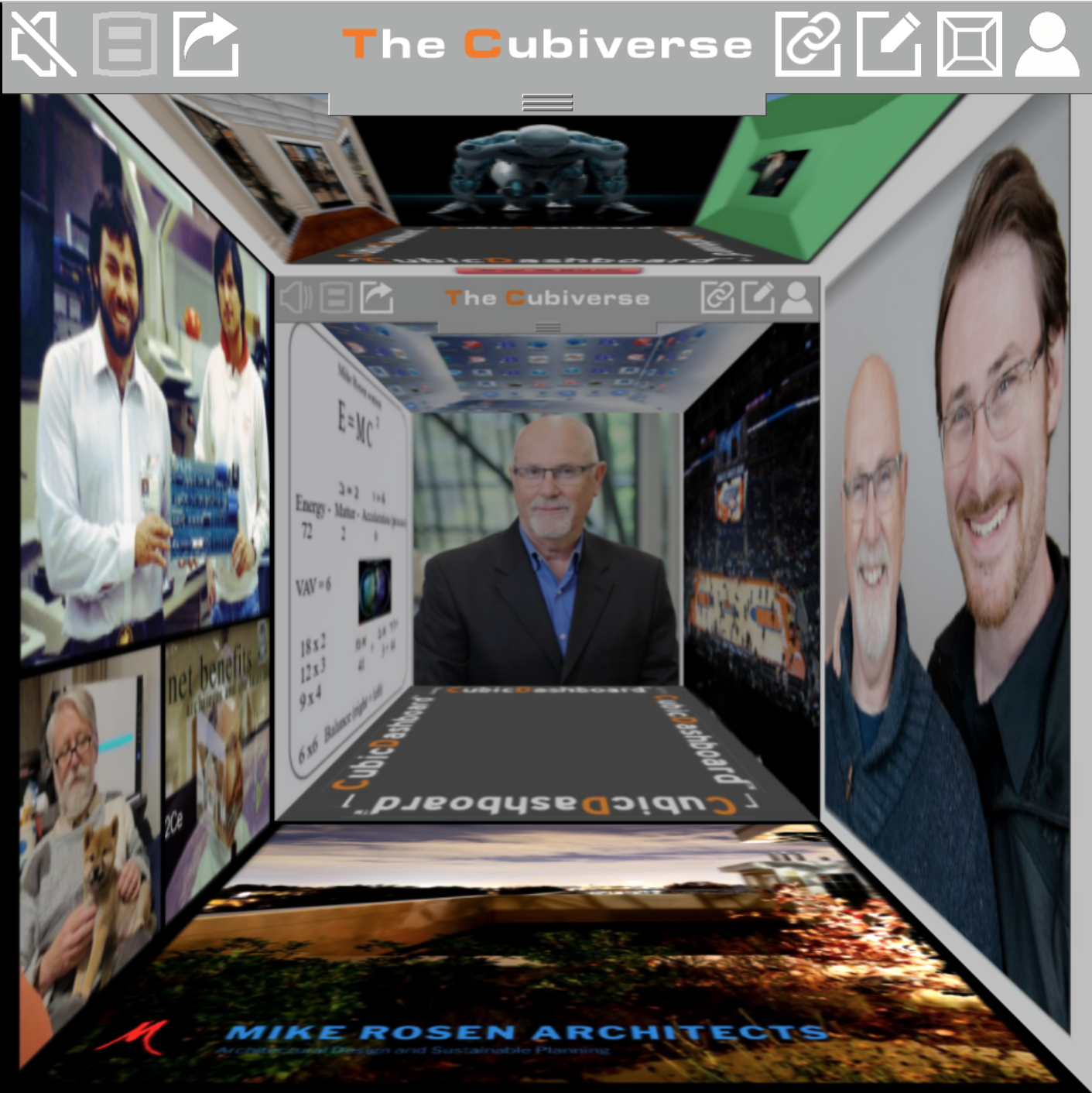Title: Architects in the Metaverse: Redefining Digital Content and Engagement

Introduction:
As the metaverse becomes a tangible reality, building architects are emerging as the visionary designers who shape the landscapes of this immersive digital realm. With their expertise, they can create visually stunning and interactive environments that revolutionize the way we interact with virtual content. Mike Rosen AIA, LEED AP ND, a leading innovator and 30-year pioneer in advanced visualization technology, shares his insights on the pivotal role of architects in the metaverse and the transformative potential it holds.
The Metaverse’s Architectural Evolution:
In the physical world, architects have long been revered for their ability to blend functionality and aesthetics. In the metaverse, most worlds have been conceived and built by game designers with no real-world architectural design experience. Real professional architects are trained in the art of creating dynamic and interactive spaces. Beyond traditional structures, these architects craft environments that engage users in unprecedented ways, transcending the limitations of the physical realm, and uplifting their spirit.
Mike Rosen explains, “Building architects in the metaverse are pioneers, transforming their expertise into digital landscapes that captivate and inspire users, without the limitations of the physical world, such as gravity, cost of material, or mechanical systems. If you want to design a building out of pure gold with diamond and platinum detailing, real-world restrictions do not apply. If the toilet does not really flush no one minds, and structural engineers or sky hooks are not required to hold up the buildings”
Designing Immersive Experiences:
The metaverse thrives on user engagement, and architects play a crucial role in designing environments that immerse and captivate. Their mastery of spatial design, lighting, and texture creates visually stunning realms that draw users into unforgettable experiences. The challenge has been the complexity and cost associated with designing in, and for, the metaverse. As the creation tools improved, it is no longer difficult for a white-haired architect or novice designer to upload their content into the metaverse.
“At Cubic Dashboard LLC, we empower architects and other creatives, high-tech pros, and kids, with our revolutionary platform, The Cubiverse, enabling them to simply create immersive and visually captivating cubic environments,” says Mike Rosen. “Through thoughtful design and attention to detail, architects can transport users to dimensions where they can explore, connect, and collaborate like never before.”
At his architectural firm based in Apex, North Carolina, Mike uses The Cubiverse to present projects to clients, municipal boards, and investor groups that cannot travel or be present for formal presentations. These types of Collaborative Virtual Environments (CVE) have been used for years, but previously required head-mounted displays, AR glasses, and very expensive systems. Today the price points of computers, software, and technically competent programmers have dropped to a point that a large portion of the creator economy has turned its focus to the metaverse. With the Cubiverse platform, no peripheral devices are needed, the flat computer screen, smartphone, or tablet transforms into a 3-dimensional interface.
Fostering Collaboration and Social Interaction:
Collaboration and social interaction are the lifeblood of the metaverse, and architects facilitate these connections through their designs and spatial planning. From virtual offices to entertainment venues, architects will create spaces that encourage seamless communication and engagement, enabling users to come together, share ideas, and form communities.
Architect Mike Rosen AIA, LEED AP ND, emphasizes, “Beyond a gateway product, The Cubiverse represents our vision for the near future of consumer engagement with the metaverse. With community creativity and support, we can revolutionize the way people interact with what the metaverse will become.”
Revolutionizing Content:
The metaverse serves as an expansive canvas for innovation, and architects are leading the charge in redefining how we experience digital content. Their designs will shape the metaverse into a visually captivating landscape, empowering users to explore, learn, create, and connect in unprecedented ways.
“As architects, our role extends beyond constructing virtual structures. We define the very essence of this digital realm, ushering in a new era of engagement and experiences that will reshape how we interact with the content,“ remarks Mike Rosen.
Conclusion:
Building architects are at the forefront of the metaverse revolution, crafting immersive and engaging visually pleasing spaces that redefine the way we interact with our content and this new frontier. With their visionary designs, they push boundaries and can bring the metaverse to life, creating dynamic environments where users can explore, learn, experiment, collaborate, and form connections. As we embrace this transformative era, architects’ design contributions, unique training, and frame of reference will continue to shape the metaverse and redefine our digital experiences.




